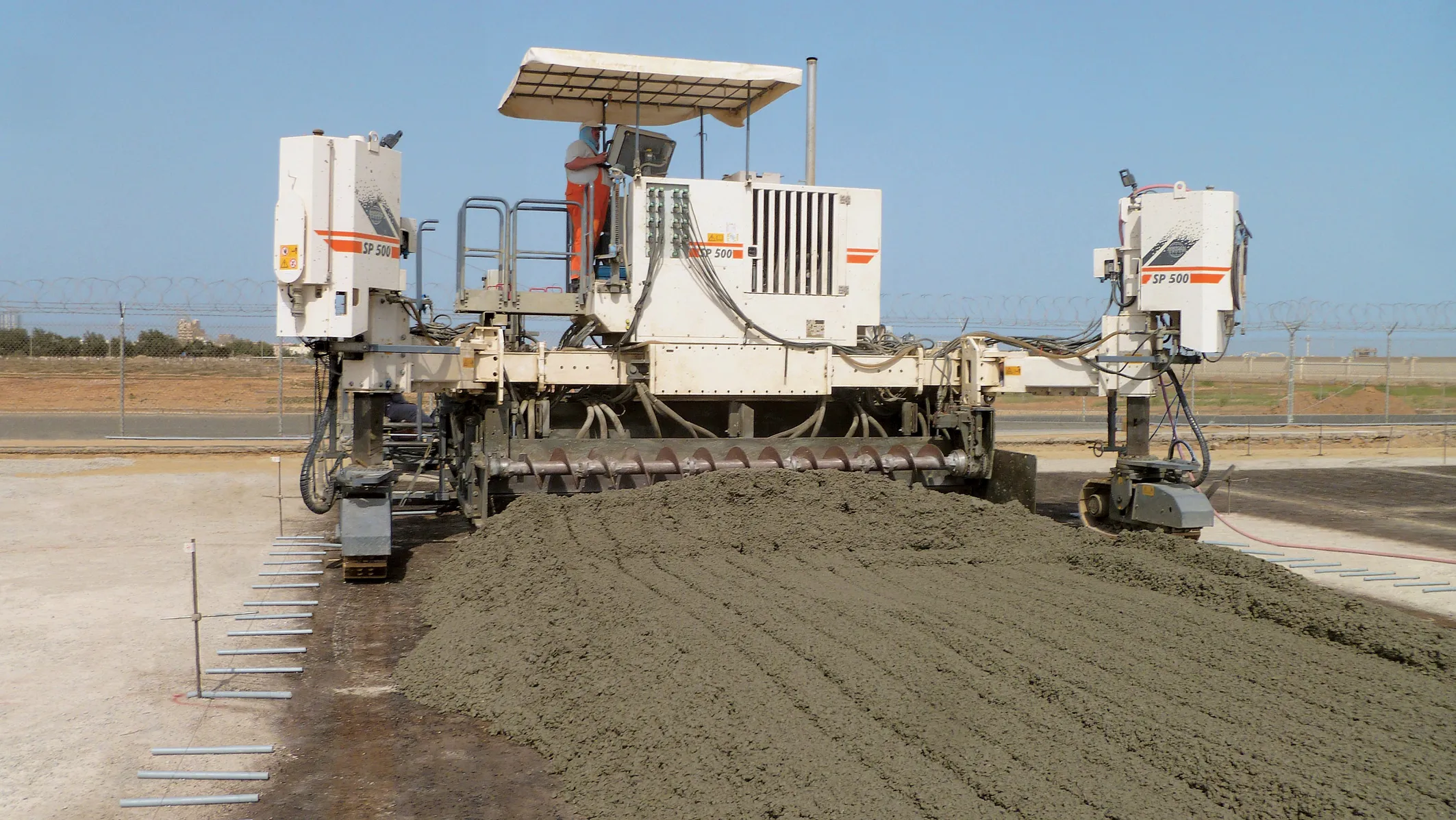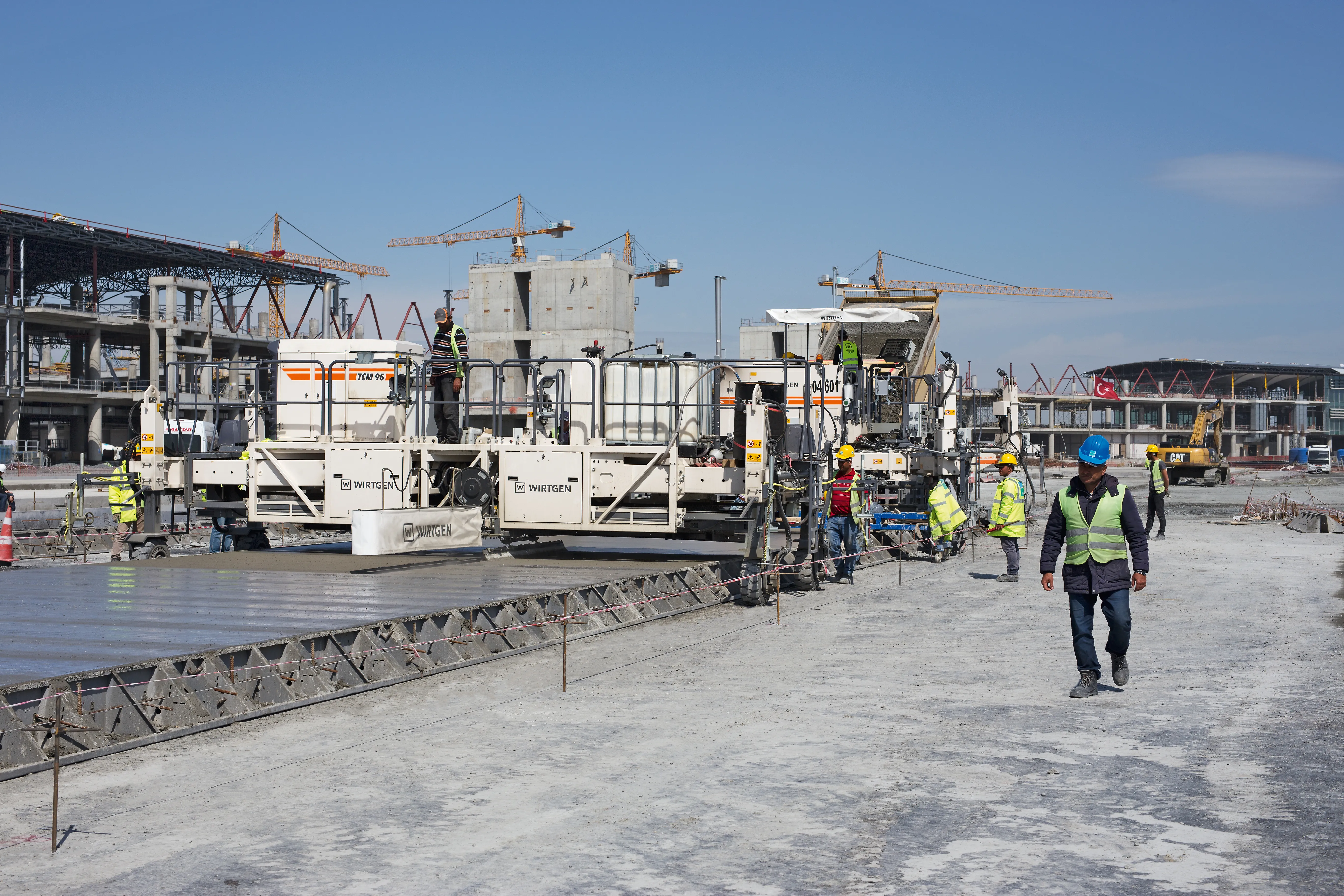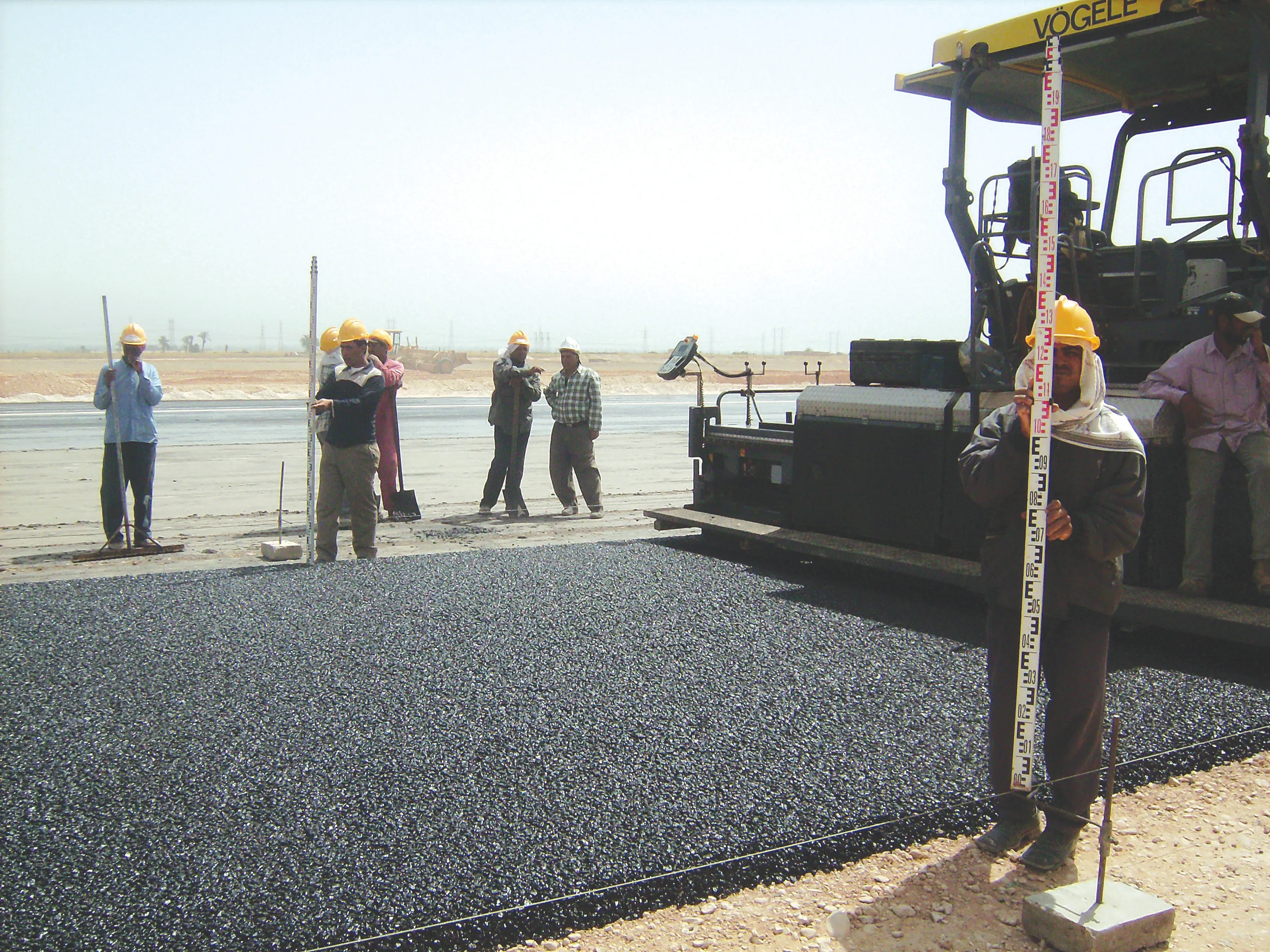With an increasing number of aircraft using Jeddah International Airport in Saudi Arabia, the authorities realised there was a need to upgrade the facilities.
King Abdulaziz International Airport opened in 1982 and serves over 15 million passengers/year, with a high percentage travelling on the annual Islamic pilgrimage to Mecca, some 80km away. The city has the largest port on the Red Sea and is named after Abd al-Aziz ibn Saud, the former king and founding father of Saudi Arabia, and is one of the kin
August 21, 2013
Read time: 3 mins

With an increasing number of aircraft using Jeddah International Airport in Saudi Arabia, the authorities realised there was a need to upgrade the facilities.
King Abdulaziz International Airport opened in 1982 and serves over 15 million passengers/year, with a high percentage travelling on the annual Islamic pilgrimage to Mecca, some 80km away. The city has the largest port on the Red Sea and is named after Abd al-Aziz ibn Saud, the former king and founding father of Saudi Arabia, and is one of the kingdom’s three international commercial airports.Covering an area of 105km2 with its three runways, the airport has seen a steady increase in air traffic, as well as air cargo tonnage. The decision was made to expand KAIA Royal Terminal III and for the first phase of construction, the apron was increased by 31,000m². The work to expand the facilities cost some US$61.75 million and included an expansion of the facilities at the Royal Terminal, which handles flights for the royal family and guests of state. This 34,000m2 area of the airport has also been designed to handle the huge Airbus A380 aircraft. King Abdullah ibn Abd al-Aziz awarded the contract for both construction projects to Binladin Group Rush Projects, which in turn decided to use a
Sub-contractor Kabbani Construction Group handled the paving work using a team of 18 to run the machine and also cut expansion joints and install the dowel bars. The work was carried ahead of schedule and to the strict quality targets required, due to the extensive experience the subcontractor has acquired on projects at other airports, including Cairo International Airport in Egypt, again using machines from Wirtgen.
While paving the 5m wide by 400mm thick concrete slab, the Wirtgen SP 500 proved highly reliable, working six days/week and despite extreme conditions with temperatures that sometimes exceeded 50°C. The dowel bar inserter and lateral tie bar inserter played important roles in the work. The former placed the 500mm-long, plastic-coated metal dowels longitudinally into the concrete with the help of electric high-frequency vibrators and using a hydraulically-controlled, vertical motion. The system ensured that the dowels were oriented precisely in the required position, while the finishing beam and super smoother provided a level concrete surface. This machine set-up meant that there was no need for a second paving mould to smooth the concrete.
To ensure that the end result met the strict quality requirements of an airport application, a surveying team checked the surface continuously during paving and one last time after completion, while concrete testing was carried out by Soil & Foundation Co. The next phase of construction was for the new parking area for the Airbus A380, which also featured strict requirements for the concrete surface and particularly because of the high forces exerted by the weight of the aircraft.








